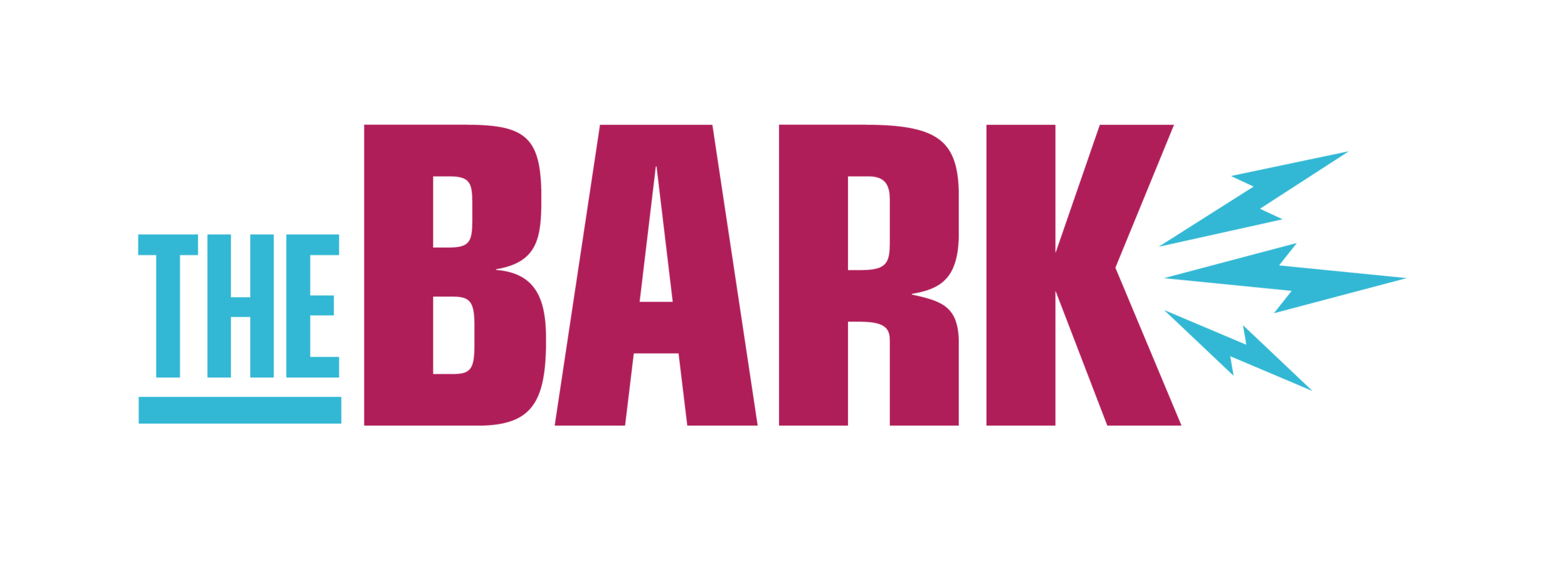Student Services Fee Overview
The Student Services Fee Committee recently released their final written recommendations for the 2023-2024 school year and student leaders and department heads have voiced concerns over expected cuts to numerous organizations. But what exactly is the student services fee?
The student services fee is a semesterly fee that mainly funds two types of organizations on campus – activity based organizations and administrative organizations (in addition to the facilities capital improvement fund). UMD’s One Stop Student Services includes a breakdown of how this year’s fee ($325.23) was allotted.
The SSFC worked with a predicted 15,124 SSF payments for 2023-2024, roughly 7,562 students paying in both the fall and spring semesters. This number is down from the 15,600 estimated payments the committee worked with last year. Below are the final allocation numbers for the next academic year that will be sent to the Board of Regents in May for finalization.
“Realizing that an increase would be needed to be able to provide the same amount of funding as last year, Chancellor McMillan and Vice Chancellor Erwin set 6% as a figure that would allow the committee some latitude in maintaining the overall amount of current funding and recommending allocations that would cover some cost increases,” said Toni Christensen, who oversaw this year’s SSFC as the interim Associate Vice Chancellor of Student Life for this committee.
The committee decided to raise the SSF by 5.99% for next year, making the new fee $350.08. Because of this increase to the SSF, the budgets for the 2022-2023 and 2023-2024 school years are similar despite next year’s anticipated lower enrollment ($5,152,280 and $5,294,751 respectively).
In order to receive a portion of the SSF money, organizations must present both a budget and a written proposal to the Student Services Fee Committee. According to SSFC guidelines, this committee must consist of up to four faculty/staff, up to two graduate students and a minimum of five undergraduates.
“This year there are nine students on the committee - seven undergraduate students and two graduate students. Committee engagement was very strong this year with a dedicated group of students, staff and faculty that worked to make funding recommendations in line with the Board of Regents SSF Policy,” Christensen said.
The SSFC is also required to follow policies set by the University of Minnesota Board of Regents. These guidelines shape the requirements, procedures and allocations that each SSFC from all five campuses puts together. Along with those guidelines, UMD follows their own timeline and additional procedures to further plan and showcase their processes.
For example, The Bark asked for $20,000 for next year. The committee recommended approximately $18,500 towards the Bark. In order to reach that amount of funding, SSFC allotted $1.22 of every SSF payment to go toward its budget. $1.22 paid 15,124 times is $18,451.28, or roughly the committee's figure. There are 11 other student activity based organizations that requested and received funds for next academic year.
This year’s final written recommendations have been criticized by certain SSF-funded groups because they are slated to receive lower allocations for next year and were not given individualized feedback for the cuts.
A follow-up article will be released covering concerns from these organizations.



